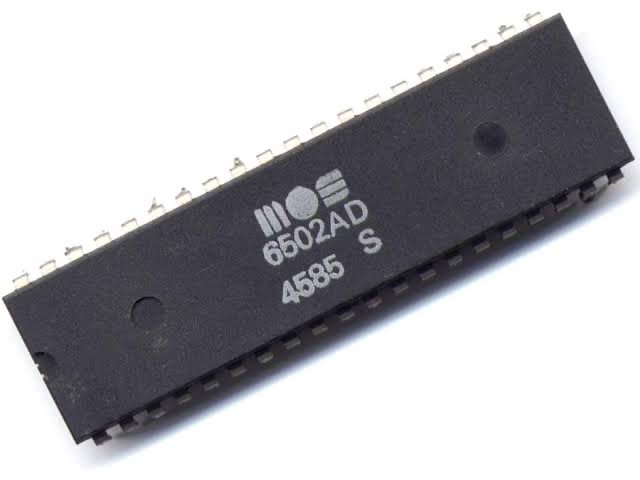In the world of computing and technology, certain innovations have left an indelible mark, shaping the landscape for generations to come. Among them, the 6502 processor stands as a legendary figure, heralding a new era of affordable and accessible computing. Developed by a small team at MOS Technology in the 1970s, the 6502 processor played a pivotal role in revolutionizing the industry. In this article, we will explore the fascinating story of the 6502 processor, its impact on computing history, and its enduring legacy.
The 6502 processor was born in 1975, a time when the computing world was dominated by expensive and complex systems. Its designers, Chuck Peddle and Bill Mensch, aimed to create a low-cost, yet powerful, processor that could be widely adopted by the masses. The result was a groundbreaking 8-bit microprocessor that would shape the future of computing.
One of the defining features of the 6502 was its affordability. Priced at just $25, the 6502 processor broke the barriers of expensive computing, making it accessible to a wider audience. This affordability made it a game-changer, as it allowed hobbyists, enthusiasts, and even small businesses to enter the world of computing without breaking the bank.
The 6502 processor’s impact extended far beyond its affordable price tag. It boasted impressive performance capabilities, offering a clock speed of 1 MHz, which was considered fast at that time. Its architecture was also designed to be highly efficient, enabling it to execute instructions quickly and handle complex tasks with relative ease.
One of the key reasons behind the 6502’s success was its compatibility with popular computers and gaming consoles of the time. It found its way into iconic devices like the Apple II, Commodore 64, Atari 2600, and Nintendo Entertainment System (NES). These platforms, powered by the 6502, brought computing and gaming experiences into homes across the world, revolutionizing the way people interacted with technology.
The 6502’s influence extended beyond its immediate success. Its open architecture and accessible design inspired a generation of programmers and engineers. The availability of documentation and development tools allowed enthusiasts to tinker with the processor, creating their own software and expanding its capabilities. This vibrant community of developers contributed to the growth of the 6502 ecosystem and ensured its longevity.
Even today, the 6502 processor holds a special place in the hearts of retro computing enthusiasts and collectors. Its simplicity, elegance, and historical significance make it a sought-after piece of technology. Emulators and recreations of 6502-based systems continue to be developed, preserving the legacy of this legendary processor.
In conclusion, the 6502 processor stands as a testament to the power of affordability and accessibility in technology. Its introduction shattered the notion that computing was only for the privileged few, opening up a world of possibilities for enthusiasts, entrepreneurs, and creative minds. The 6502’s impact on the computing industry and its enduring legacy make it a true game-changer in the history of processors.
